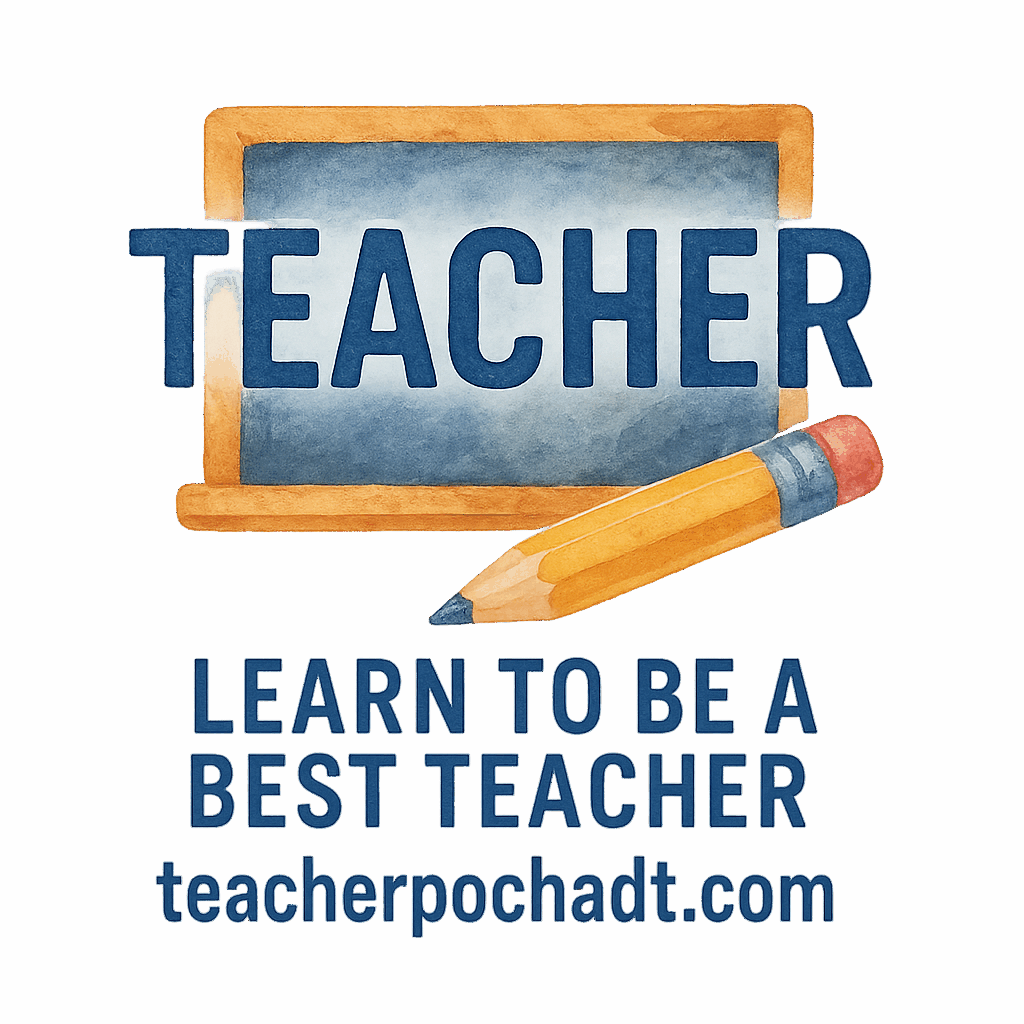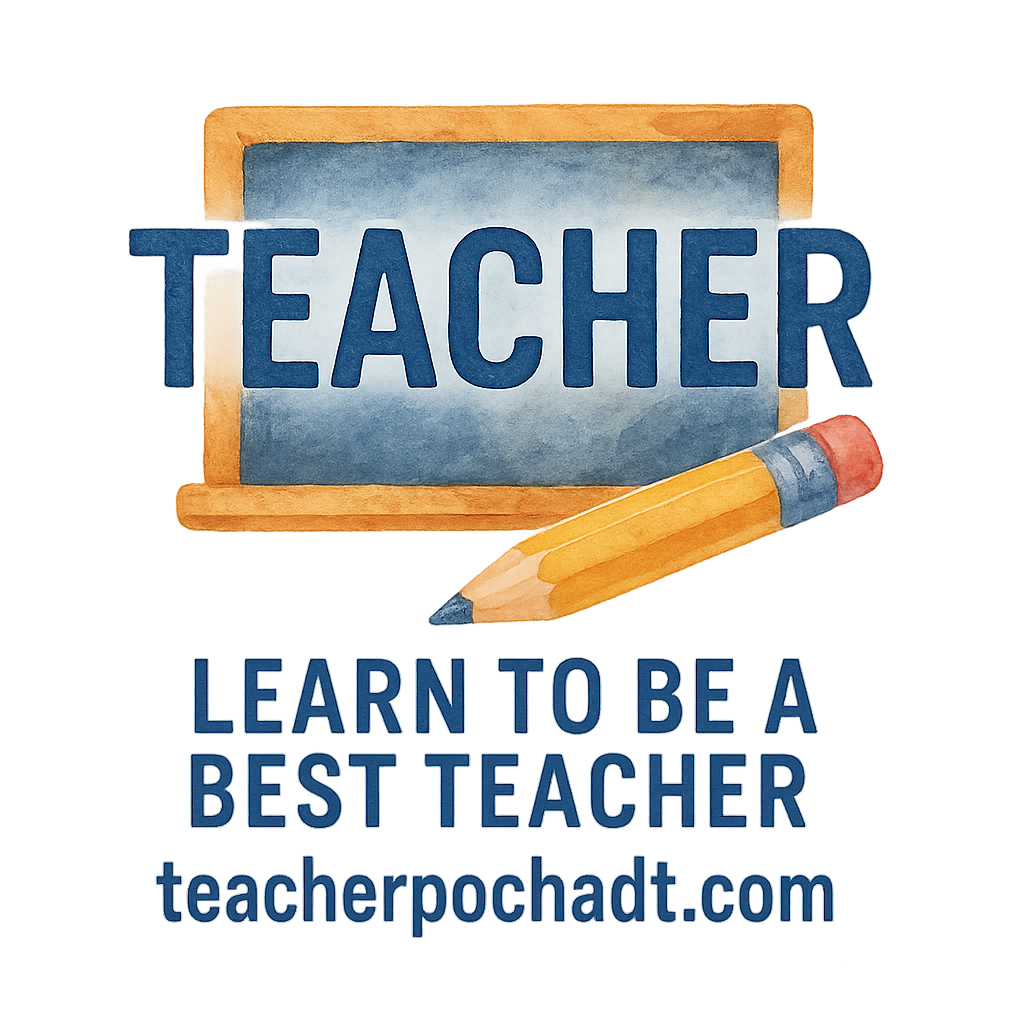Introduction
Teachers hold the power to shape the future, and the most effective educators are those who continue to learn, adapt, and grow throughout their careers. Lifelong learning isn’t just about attending workshops or getting certifications; it’s about adopting habits that inspire growth, curiosity, and a passion for learning, both for teachers and their students. When educators embrace lifelong learning, they create a classroom environment that not only fosters knowledge but also empowers students to take charge of their educational journey.
In this article, we’ll explore 8 teacher habits that inspire lifelong learning, and how you can integrate these habits into your teaching routine to make a lasting impact on your students and yourself. For more on classroom management, be sure to check out our helpful tips.
The Power of Lifelong Learning
Why Lifelong Learning is Essential
Lifelong learning is more than just a buzzword; it’s a mindset that drives continuous improvement. As a teacher, embracing lifelong learning not only enriches your professional life but also sets a powerful example for your students. This mindset encourages curiosity, adaptability, and resilience—skills that are essential in today’s rapidly evolving world. When teachers model these behaviors, they nurture the same values in their students, helping them become independent thinkers who are eager to learn throughout their lives. For more on how lifelong learning affects student engagement, visit Student Engagement.
Habit 1: Cultivating Curiosity in the Classroom
Engaging Students Through Questions
One of the most powerful habits a teacher can develop is the ability to cultivate curiosity in the classroom. Encouraging students to ask questions, explore new ideas, and challenge the status quo opens the door to deeper learning. When you create an environment where questioning is welcomed, it fosters an atmosphere of intellectual curiosity.
You can begin by asking open-ended questions that prompt critical thinking. For example, instead of asking, “What is the answer to this problem?”, ask “How do you think this problem could be solved in a different way?” This encourages students to think creatively and look beyond the surface.
Creating a Culture of Exploration
Curiosity is contagious. As a teacher, if you express genuine curiosity about a subject and show excitement for learning, your students will pick up on that energy. Make your classroom a place where exploration is the norm—where students feel safe to explore new concepts, take risks, and even make mistakes. Building a classroom culture that encourages risk-taking is a great way to inspire lifelong learning.
Habit 2: Continuous Self-Reflection
The Importance of Self-Awareness for Teachers
Reflecting on your own teaching practices is an essential habit for any lifelong learner. By taking time to assess your methods, strategies, and outcomes, you can identify areas for growth and improvement. Self-reflection allows you to evaluate what worked well in the classroom and what didn’t, helping you adjust your approach for future lessons. Want more on teacher reflection? Check out Teacher Reflection.
How Reflection Enhances Teaching Effectiveness
When teachers engage in self-reflection, they gain a deeper understanding of their students’ needs and their own teaching styles. This habit not only improves instructional effectiveness but also boosts student engagement. You can reflect through journaling, peer discussions, or by seeking feedback from students. Over time, this ongoing reflection ensures that you stay connected to the evolving needs of your students. Student connection is key to engaging with your students on a deeper level.
Habit 3: Embracing New Technologies
Incorporating Digital Tools in Education
The digital age has brought countless resources and tools that can enhance teaching and learning. A teacher who embraces technology not only stays current but also opens up new ways for students to engage with material. Tools like Google Classroom, interactive apps, and digital assessment platforms offer a wealth of opportunities for enriching lessons.
Incorporating technology can increase efficiency, enhance learning experiences, and provide access to a wealth of resources that support diverse learning styles. Whether it’s using educational videos, online quizzes, or collaborative platforms, integrating technology is a habit that encourages both teacher and student to learn continuously. Check out some of our favorite digital tools for your classroom.
Staying Updated with the Latest Educational Tech
The world of educational technology is always changing. As a teacher, it’s essential to stay updated on the latest tools and trends in the field. Regularly attending webinars, reading industry blogs, or collaborating with colleagues can help you keep up with new developments that can improve your teaching practices. Teacher Tech is a great resource to stay informed on the latest trends.
Habit 4: Building a Growth Mindset
How to Encourage Growth Mindset in Students
A growth mindset is the belief that abilities and intelligence can be developed through effort and perseverance. This is a crucial habit for teachers to instill in their students. Instead of focusing on fixed outcomes, help students view challenges as opportunities for growth.
Encourage students to embrace challenges, learn from mistakes, and keep improving. For example, praise effort rather than innate ability. A student who struggles but keeps trying should be acknowledged for their perseverance, fostering a sense of pride in their journey rather than their destination.
The Teacher’s Role in Fostering a Growth Mindset
As a teacher, you play a pivotal role in shaping the growth mindset of your students. By embracing mistakes as learning opportunities and encouraging resilience, you can help your students develop the belief that they can always improve. Remember, the way you respond to challenges as a teacher sets an example for your students. Learn more about effective teaching skills for fostering a growth mindset in your students.

Habit 5: Seeking Professional Development Opportunities
Why Continuous Professional Development Matters
Lifelong learning for teachers includes professional development (PD). Seeking out PD opportunities helps you stay on top of new research, teaching strategies, and educational trends. Whether it’s attending conferences, participating in workshops, or taking online courses, PD helps you refine your skills and adapt to new teaching challenges.
By regularly engaging in PD, you demonstrate to your students that learning never stops—whether you’re a teacher or a student. This commitment to growth inspires a culture of continuous learning. For more insights on growth, check out our Growth and Development page.
Finding the Right PD Opportunities
There are many PD opportunities available to teachers, both online and in-person. Finding the right ones can be a challenge, but look for PD that aligns with your teaching goals, addresses areas for improvement, and sparks your interest. Focus on PD that provides practical tools you can immediately apply in the classroom.
Habit 6: Modeling Lifelong Learning Through Personal Development
Teachers as Lifelong Learners
Teachers who prioritize personal development show their students that learning is not limited to the classroom. Whether it’s reading books, exploring new hobbies, or pursuing higher education, your personal growth will inspire your students to continue their learning journey outside of school. Explore some great teaching ideas that support both teacher and student development.
How Personal Growth Inspires Students
When students see their teachers grow and evolve, it fosters a deeper respect for learning. Personal development shows your students that learning is not just about grades; it’s about enriching your life and becoming a better person. This inspires them to take ownership of their own learning. Find more on personal development here.
Habit 7: Building Strong Connections with Students
The Power of Connection in Motivating Students
Lifelong learning flourishes in environments where students feel connected to their teachers. Building strong relationships with your students fosters trust, respect, and motivation. When students feel heard, valued, and understood, they’re more likely to engage with their learning and persist through challenges.
A great way to build connections is through active listening. Taking the time to understand your students’ needs and interests helps create a supportive learning environment. Learn more about how to foster better student connection.
Fostering Trust and Respect
Trust and respect are the foundation of any successful teacher-student relationship. When students trust you, they’re more willing to take risks in their learning. By modeling empathy, consistency, and fairness, you foster an atmosphere where lifelong learning can thrive.
Habit 8: Encouraging Student Autonomy and Self-Directed Learning
Empowering Students to Take Ownership of Their Learning
One of the most powerful ways to inspire lifelong learning in your students is by encouraging autonomy. By giving students the tools and opportunities to take charge of their own learning, you equip them with the skills they need to continue learning beyond the classroom.
Self-directed learning involves setting personal learning goals, selecting resources, and managing their progress. Teach students how to learn independently, and they will carry this valuable skill with them throughout their lives. Learn more about strategies for classroom control that encourage student autonomy.
Practical Strategies to Encourage Autonomy
There are many ways to promote autonomy in the classroom. Encourage project-based learning, where students explore topics that interest them. Provide choice in assignments and allow students to design their own learning experiences. This helps students develop a sense of ownership over their learning.
Conclusion
Teachers who adopt these 8 habits are not only setting themselves up for success but are also creating an environment that promotes lifelong learning for their students. By cultivating curiosity, embracing technology, fostering a growth mindset, and encouraging student autonomy, you inspire a love for learning that lasts far beyond the classroom.
Lifelong learning is a journey, and as teachers, we are both the guides and the learners. Let’s continue to evolve, adapt, and inspire others to do the same.
FAQs
- What is lifelong learning, and why is it important for teachers?
Lifelong learning refers to the ongoing, voluntary, and self-motivated pursuit of knowledge. It is important for teachers because it helps them stay relevant, improves teaching effectiveness, and inspires students to be lifelong learners themselves. - How can I cultivate curiosity in my students?
Encourage open-ended questions, engage students in real-world problem-solving, and create a classroom culture where exploring new ideas is celebrated. - What is a growth mindset, and how can I promote it?
A growth mindset is the belief that abilities can be developed through hard work and dedication. You can promote it by praising effort over results and teaching students that failure is part of the learning process. - Why is self-reflection important for teachers?
Self-reflection helps teachers evaluate their teaching methods, identify areas for improvement, and adjust their practices to better meet student needs. - How can I incorporate more technology into my teaching?
Use educational apps, interactive platforms, and online resources to enhance your lessons. Stay updated on new tech trends and try new tools to make learning more engaging. - What are some ways to encourage student autonomy?
Allow students to make choices in their learning, encourage project-based assignments, and provide opportunities for self-directed learning. - What professional development opportunities should I look for?
Look for PD that aligns with your teaching goals, addresses areas you want to improve, and provides practical tools you can use in the classroom.


